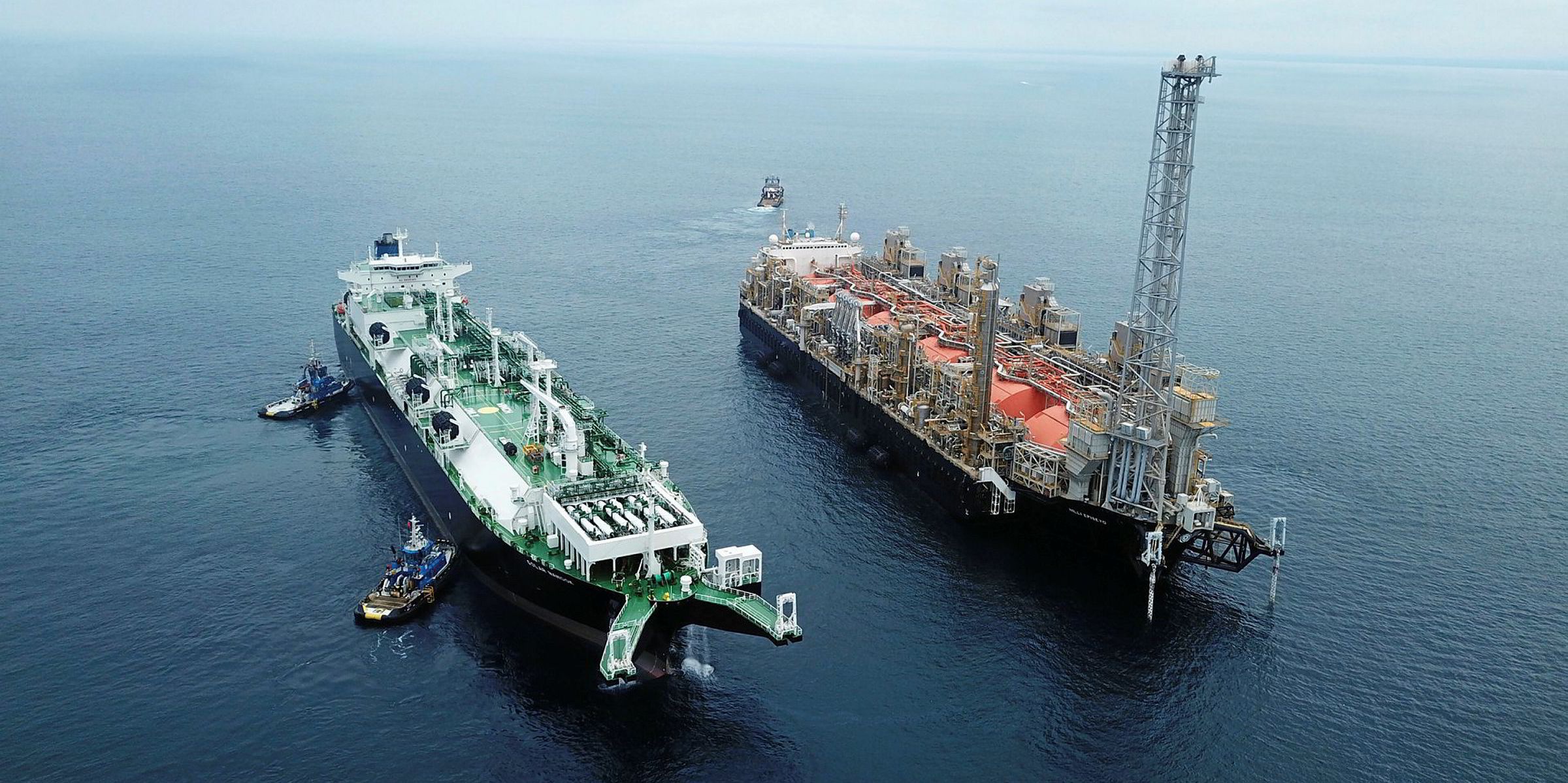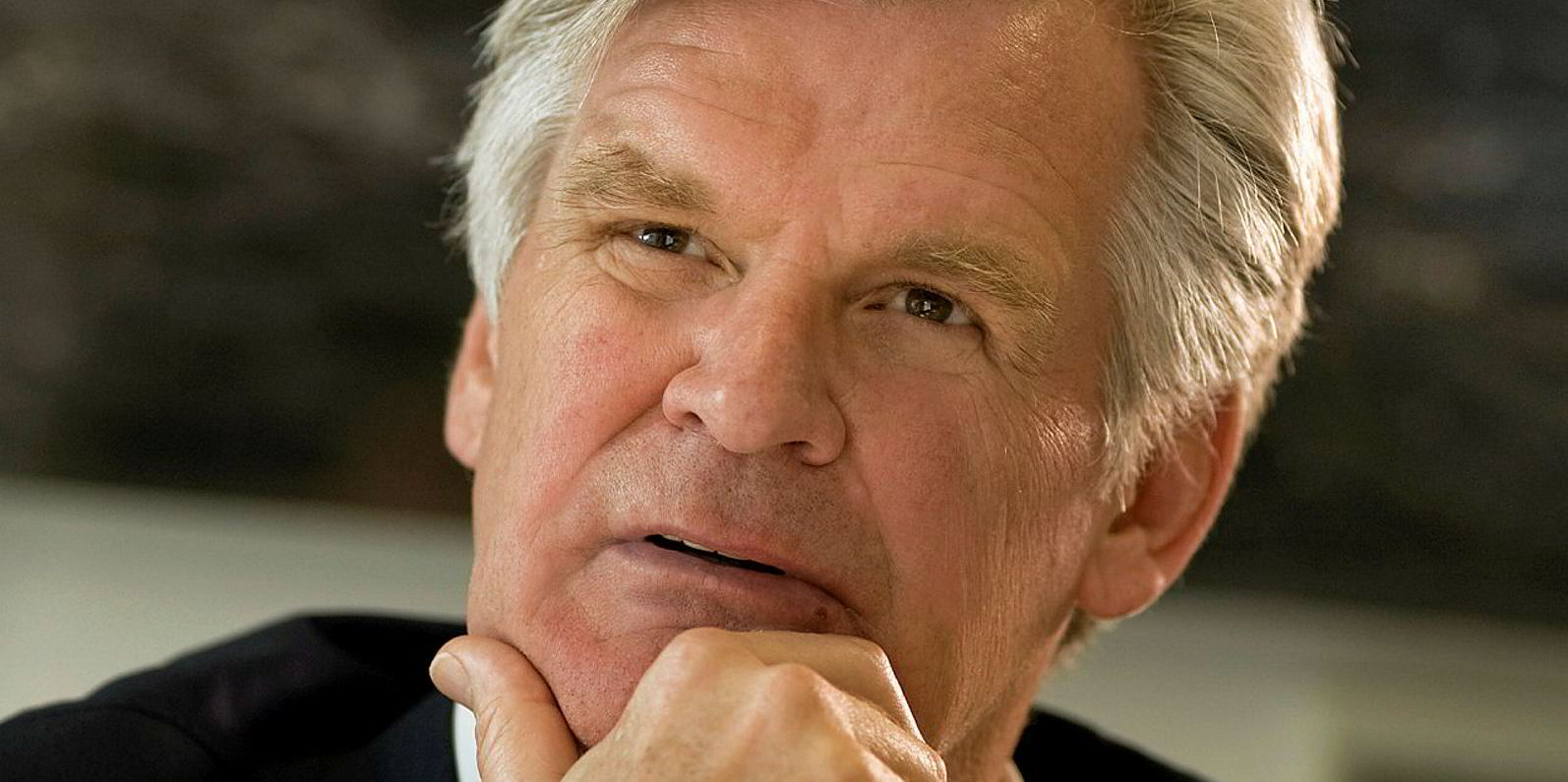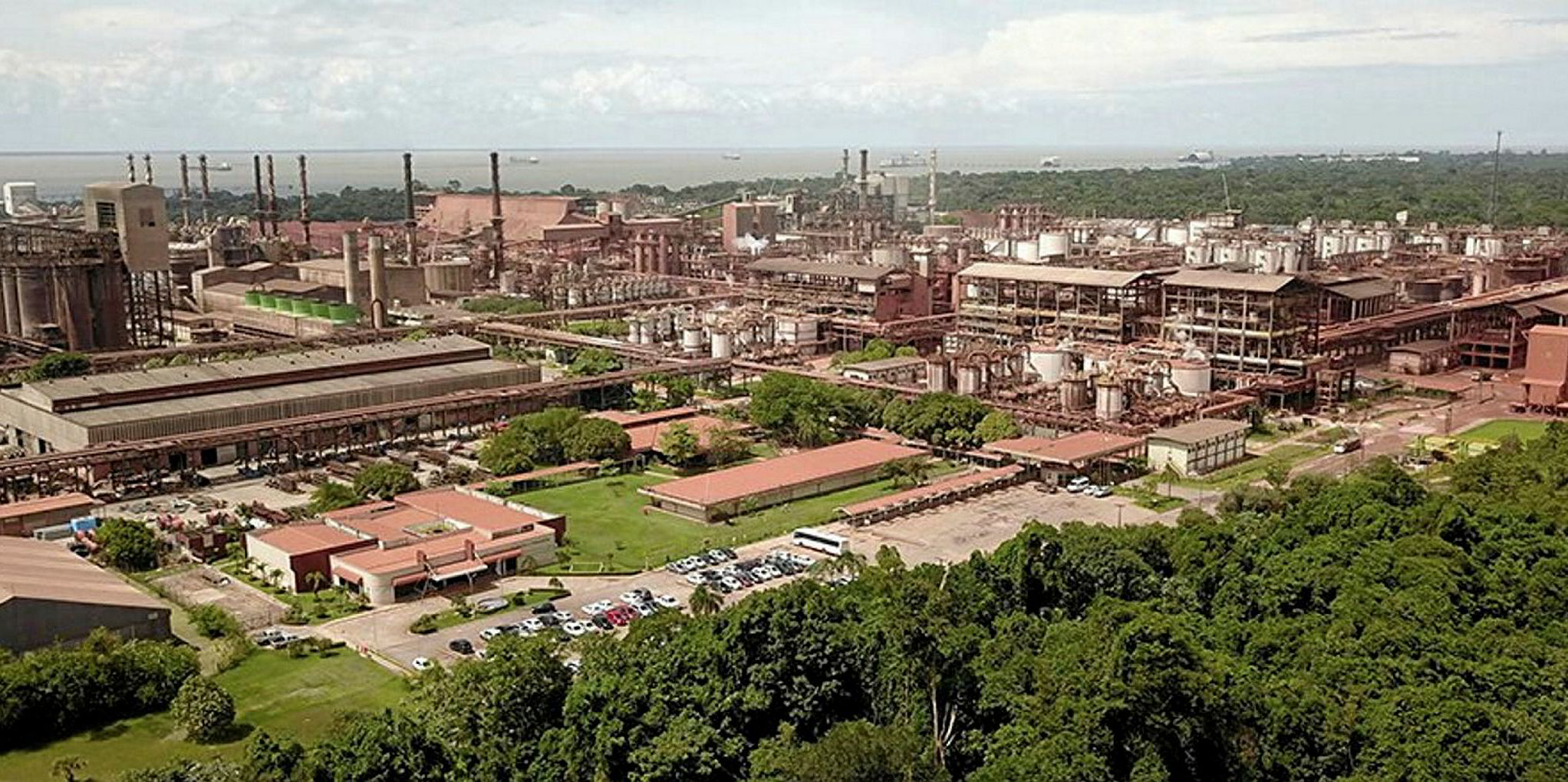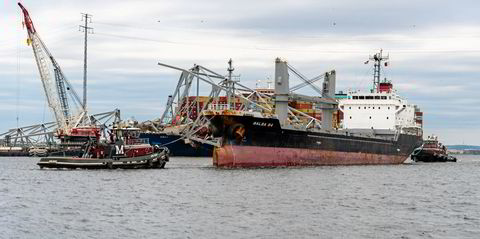Tor Olav Troim-controlled Golar LNG is moving forward with two terminal projects in Brazil which would utilise floating storage and regasification units, as the company prepares to fire up the country’s Sergipe power plant in January 2020.
Speaking in a results briefing Golar Management chief executive Iain Ross said: “In addition to Sergipe, we're working hard on terminal projects at Barcarena in the North of Brazil and Babitonga Bay in the South, having received key government licences for an FSRU terminal in each location.”
Ross said each site involved different development schemes but he added: “ …the common feature beyond the anchor customer is the ability for Golar Power to utilize spare capacity in the FSRU.”
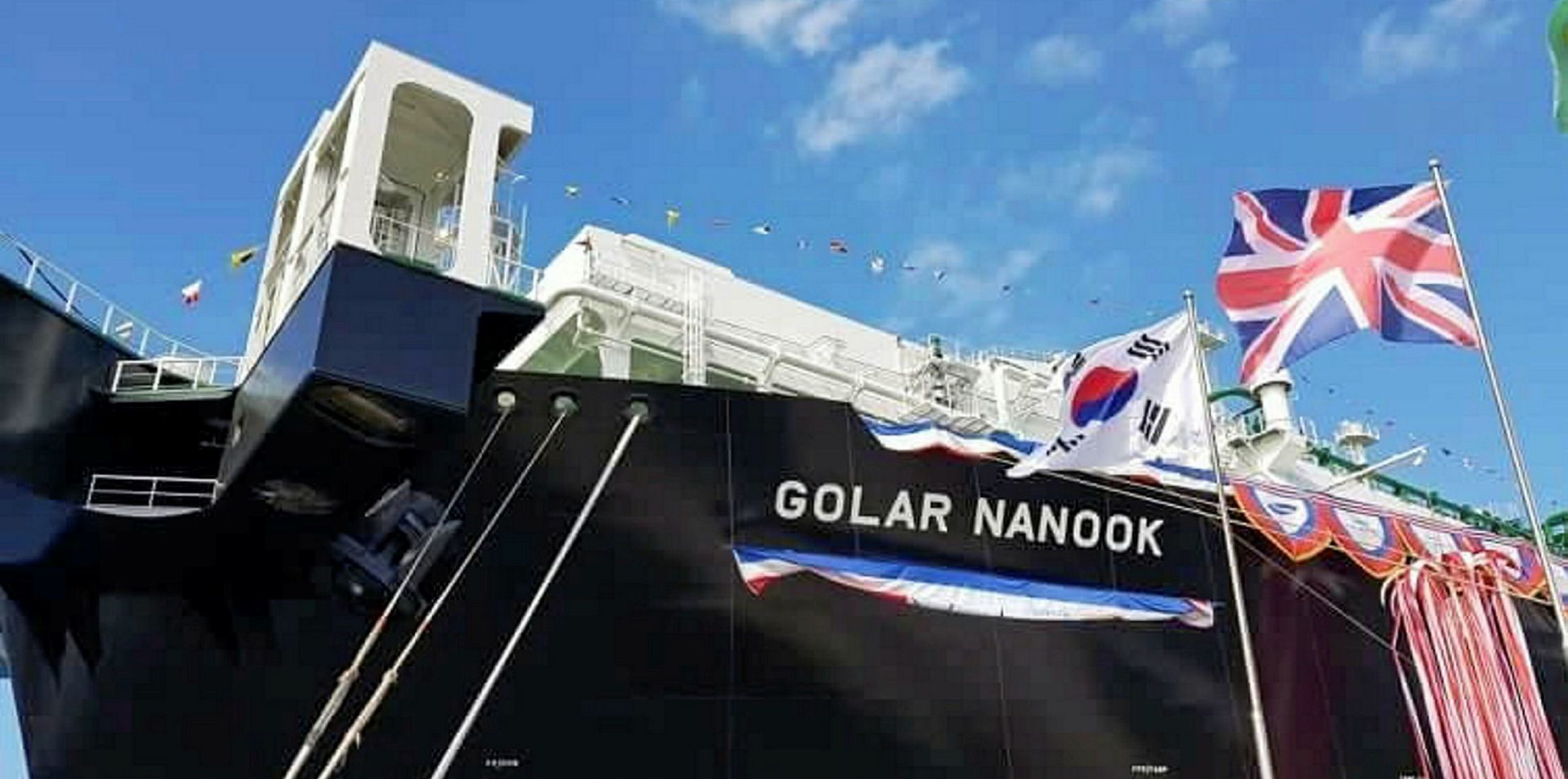
The Golar CEO said the current lower LNG prices worldwide and the environmental benefits makes the conversation with consumers about switching from diesel and other fuels to gas “compelling”.
Golar Power’s Sergipe power plant is being supplied with gas from the 170,000-cbm FSRU Golar Nanook (built 2017) which the company said is being hooked up to its mooring. The first of the plant's turbines are due to be tested next month.
Ross revealed that Golar Power had ordered some ISO containers to move LNG upriver, along with access to LNG trucking and small-scale shipping to ship product around the coast.
"We expect to have first users online by the second quarter next year," he said.
Troim said earlier this year that his company Magni Partners had bought LNG trucks which it was shipping to Brazil.
In reply to questions from analysts Ross declared both the projects as “really exciting”.
He said Golar is not waiting to win the power project contract as it did with Sergipe but is moving on with the downstream infrastructure opportunity.
“On one of the projects we have a major customer that might take some off-take to get the terminal going. And on the other one it could be a small power station, but on both of them we have the opportunity for downstream distribution, " Ross said.
"These are incredibly strategic assets and once they are there, they provide us with competitive advantage."
Ross said the company's FSRUs, the 129,000-cbm Golar Spirit (built 1981) and 170,000-cbm Golar Tundra (built 2015), are assets that could be suitable for the projects. But he added he is cautious about predicting which vessel might serve a project due to the time it can take for tenders for other developments to be finalised.

